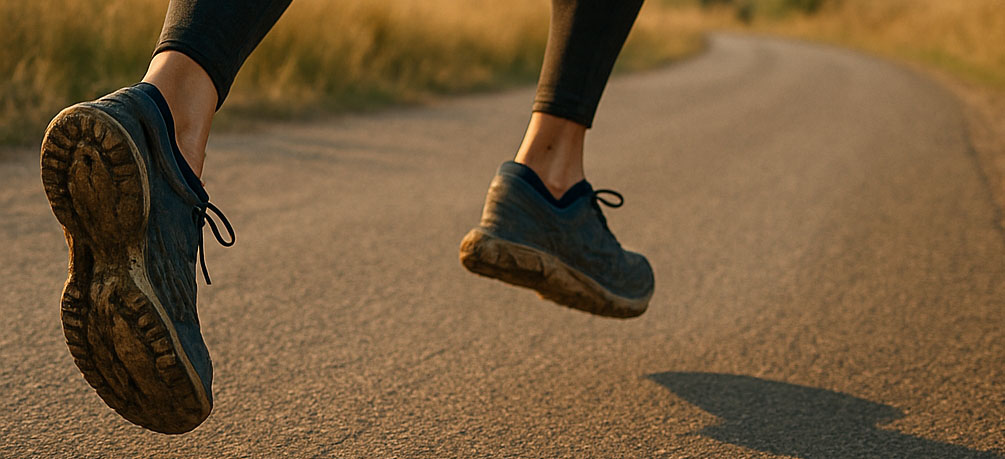DISCUSSIONS

Practice by yourself
I’m very happy that one of you showed me how she practiced on her own at home. She stood facing the mirror, placed her hand and wrist on the ballet barre, and practiced the “crowbar method.” Here are a few things that can be improved:
- If you are perpendicular to or directly facing the mirror, you can only turn a maximum of 90 degrees. However, if you stay close to the barre on one side, you can achieve nearly a full half-turn (180 degrees). This increased range of motion helps in applying leverage.
- Your wrist and hand must move together with your body and steps—not before and not after. The entire side should work as a single, solid steel bar.
What Do You Gain by Reading the Class Notes?
When I teach in a live class, I don’t always have the opportunity to check whether any of you missed key points—whether due to something I accidentally left out or a moment of distraction on your part. Some ideas might even go over your head the first time you hear them.
By listening to or reading the notes, you can revisit the ideas, concepts, and key points as many times as you need—until they truly become your own.
Question: “I tried a technique on my friend, but because I did it slowly, he was able to adjust before I finished.”
The step-and-turn, when done correctly, creates enough amplification that your single movement can force your opponent to take three or four steps in response. Watch out for the following common mistakes:
- Taking small, hesitant steps instead of one big, decisive step.
- Separating the body turn, step, and arm twist into a sequence. These movements must be initiated and completed simultaneously—as one unified action.
- Lacking stability. You need to practice the step and twist repeatedly to eliminate wobbling. Your whole body—from your feet to your fingertips—should be firm and controlled, but not stiff.
Notes on Speed and Use of Muscles
When a student asks me to hold her wrist so I can give feedback, I often notice the following issues:
- She has to pause and think hard before recalling which technique to use.
- She tends to rush through the technique, relying on muscle strength and speed.
Trying to overpower or outpace me during practice doesn’t help you learn. Realistically, I am stronger and faster than you—just as a real aggressor would be. Competing using your weaker attributes doesn’t make sense. More importantly, your current goal is to improve your technique. Excessive speed or force only makes it harder—for both you and me—to identify what needs improvement. A correct technique feels almost effortless.
The Concept of “Perpendicular”
When force is applied in a straight line at 100%, a sideways force—applied perpendicular to that line—can deflect it, shifting it off target.
This concept of the perpendicular is extremely important. To maximize impact when striking, the blow must land perpendicular to the surface of the target. Otherwise, part of the force will be deflected and the impact reduced.
The same principle applies in defense. When a strike or push comes straight at you, simply changing the angle of the surface receiving the force can significantly reduce its effect.
SCENARIOS
If You Have to Think Before You Act, You Haven’t Practiced Enough
You need to practice on your own at home. With six days between classes, even practicing just once on your own doubles your weekly training time—a 100% increase. This can help you absorb the material in half the time.
Practicing with people outside of class also introduces different body types and situations, which builds adaptability and confidence.
If you’re unable to physically practice, reading the notes and mentally visualizing each scenario can still help reduce—or even eliminate—that “let me think” hesitation.
Common Mistakes in the “Two Hands to Two Hands High Grip” Practice:
- The sink in “relax and sink the palm” was done using muscular force. Signs of this include lifted shoulders or the feeling of actively pressing down. This might work if you’re stronger than your partner, but if you’re physically similar, you’ll get stuck. The movement should be relaxed and natural, not forced.
- The direction of the sink was aimed toward the open center space, instead of over the forearm of the gripping hand. It should go into your partner’s structure, not just downward.
- The step and turn should move toward the center of the opponent—not to the outside. Turning away leads to less control and leverage.
EXERCISES
Remember, you need to train not only your body but also your mind. Learning to stay relaxed under stress is very important. Take time to figure out what kind of training works best for you to develop that calm focus.
You also need to train your body to move as a single, unified whole. So the question is: how can you train that?
